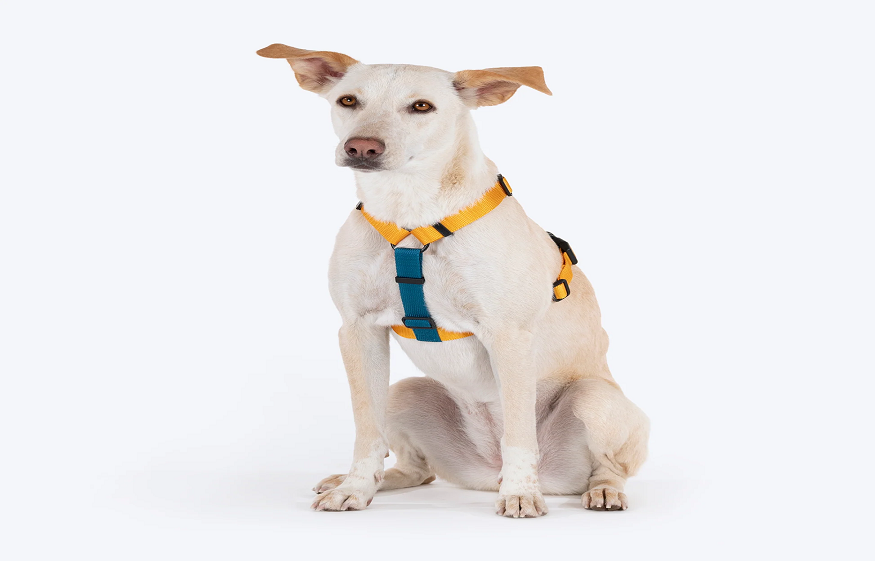Walking your dog should be fun, safe , but the equipment you select plays a huge part in this. For many years, prosecutors have opted for collars. With greater understanding on the part of pet owners about pet health and behaviour, the demand for harnesses has grown. Now, which one will be safer for regular walks and training, dog harness or a dog collar?
Why a Collar Can Be Safe for Some Dogs
Collars can be absolutely safe when dealing with well trained dogs that walk calmly under a leash. They can be easily fastened by the leash, and controlled in a high degree of attention. You can also hang identification tags on your collar, making it handy wherever your dog is going: they are practical even when your dog does not sport a leash.
The neck would have little pressure in case your dog harness does not pull or lunge. In that case, a collar (worn properly) should not produce any harm, and it can become comfortable enough to be worn on a daily basis. Collars are safe and simple to use especially when your dog is not prone to any underlying orthopedic or respiratory problems, when making short trips or even simply going out to spend some time.
Why a Collar Can Be Unsafe
Collars are also quite convenient, but at the same time, they present a number of risks-particularly to particular breeds and personality figures. In pulling, lunging, or jerking the leash, as the dog does, the pressure will be concentrated on the neck and trachea. This may, over the long run cause severe injuries encompassing:
- Tracheal collapse, particularly in small or flat-faced breeds like Pugs, Chihuahuas, and Shih Tzus
- Neck strain or sprains, especially in energetic or untrained dogs
- Thyroid gland damage from repeated pressure
- Eye pressure in dogs prone to glaucoma or similar conditions
Why a Harness Is Considered Safer
The dog harness is commonly believed to be safer and much humane especially during training, long strolls, or when having to deal with rambunctious dogs. Dog Harness Unlike the collars, a dog harness encircles the chest and shoulders of your dog making the pressure spread out over a wider surface area. This design will set you free of the threat of choking or even damaging the neck of your dog- even when your dog pulls on the leash.
Why a Harness Can Be Unsafe If Misused
Although generally safer, harnesses are not foolproof. If fitted poorly, a harness can chafe, restrict movement, or even allow escape. An overly loose harness might shift uncomfortably or fail to offer the control it promises. On the other hand, an overly tight harness can cause skin irritation, restrict natural gait, or put pressure on the shoulders and chest.
Some dogs may also resist wearing a harness initially, leading owners to force the gear on without proper acclimation. This can cause fear or negative associations with walking.
So, Which One Is Safer?
From a safety standpoint, harnesses offer more protection for the majority of dogs, especially during walks and training. They minimize the risk of neck injuries, give better control, and support healthy leash behavior. Collars, while useful, are best reserved for ID tags or dogs that are already leash-trained and unlikely to pull.
Conclusion
What is more important is that even the choice between a harness and a collar does not make your dog safer at the end of the day, but the fitting quality, the behavior of your dog during the walks, and the way you wear it. In the case of puppies, pullers and dogs with any health conditions, harnesses undoubtedly look the better and safer option. A collar is okay on calm and well trained dogs. Evaluate the needs and lifestyle of your dog and make an informed decision aiming at the comfort and wellbeing of your dog. The happy dog is a safe dog, and a safe dog is a worry-free walk on your part.

